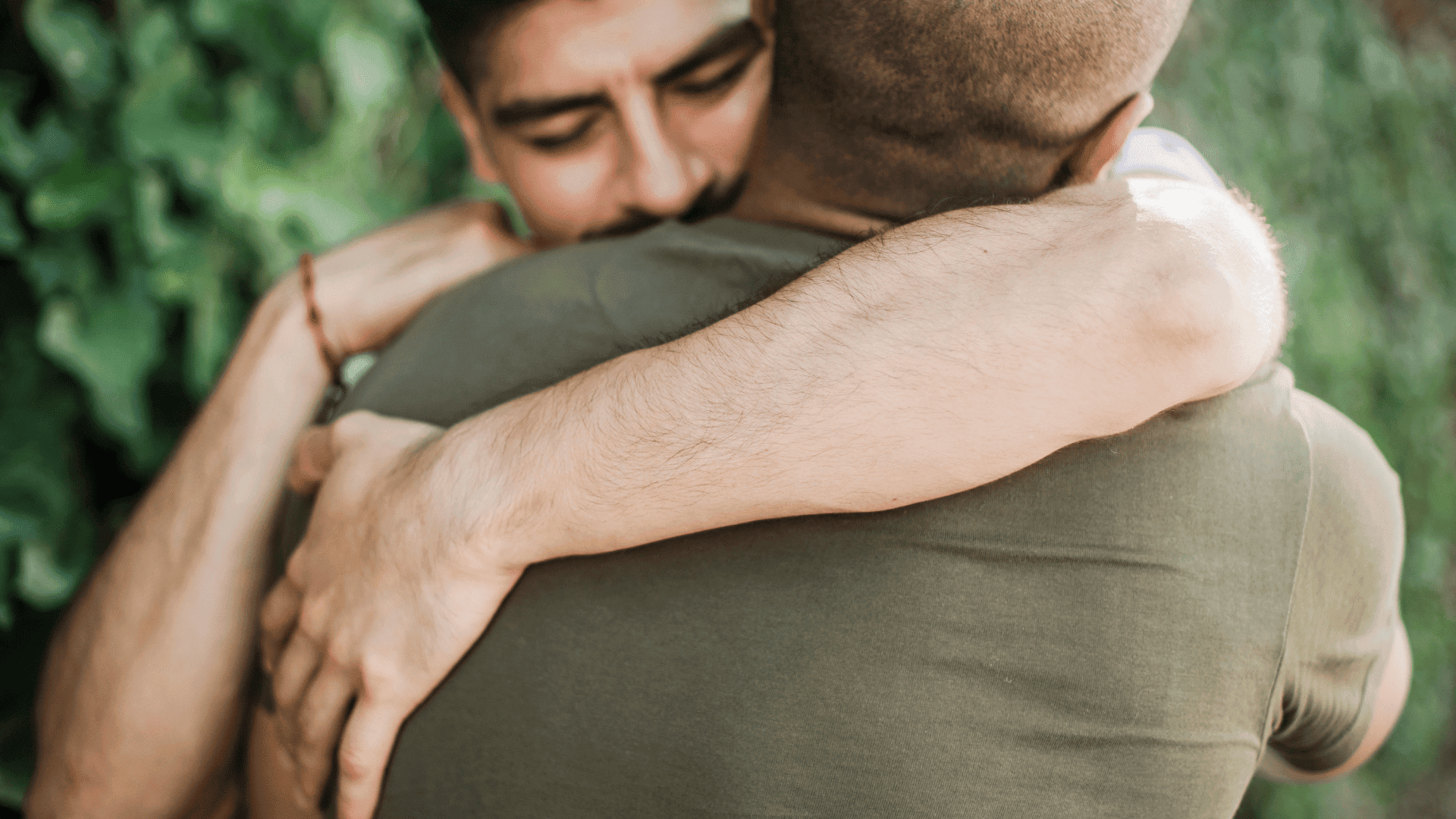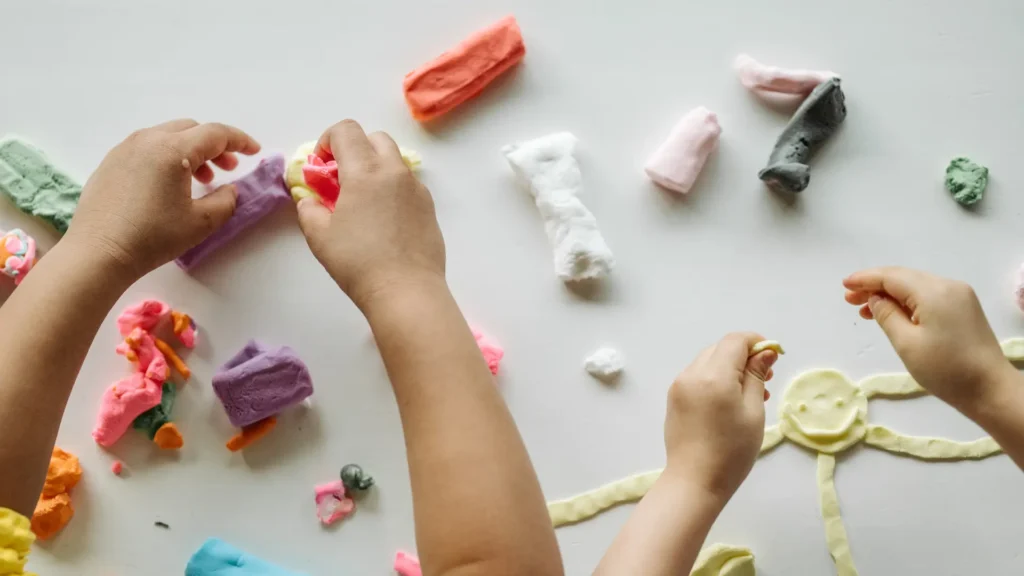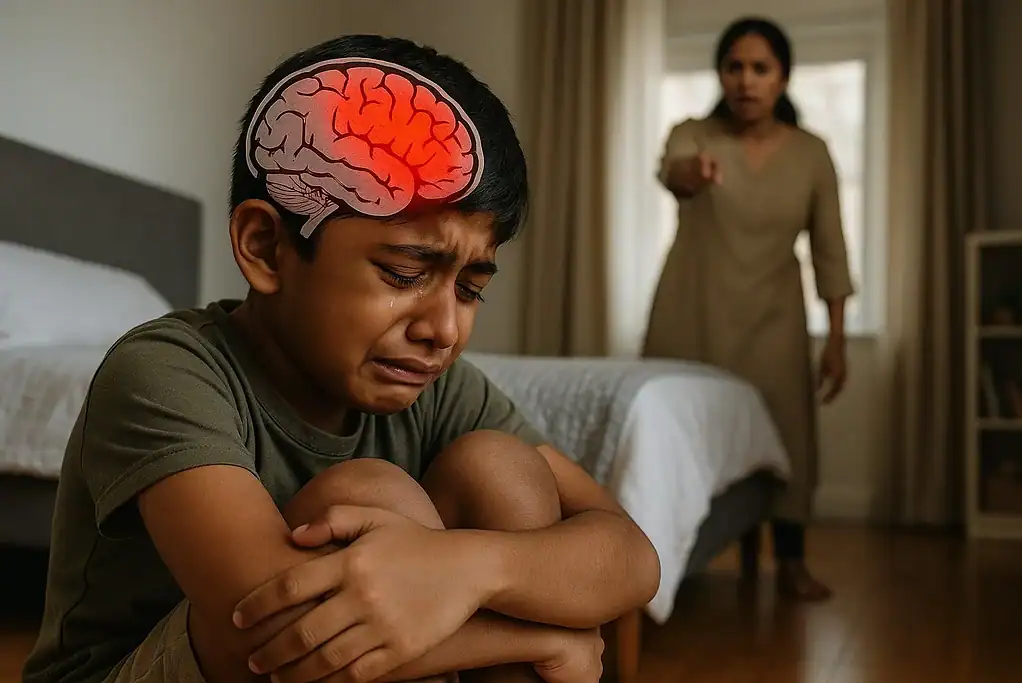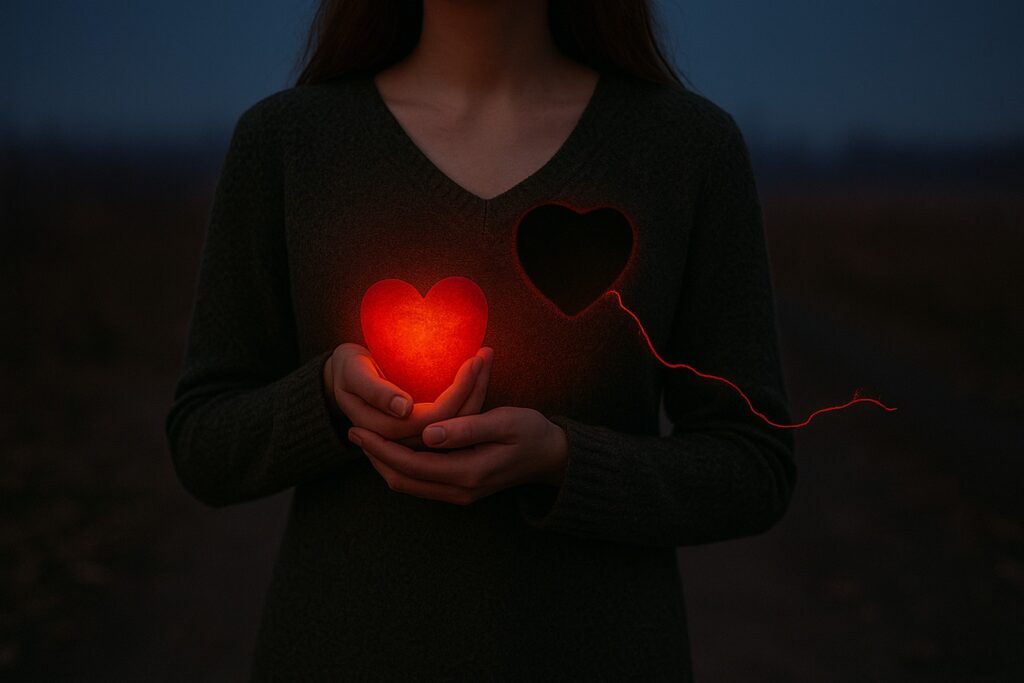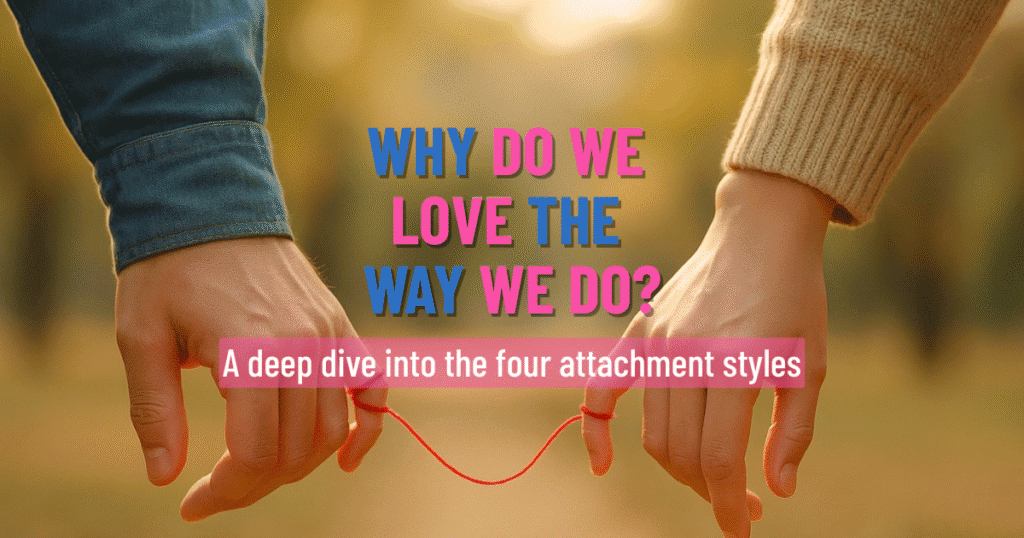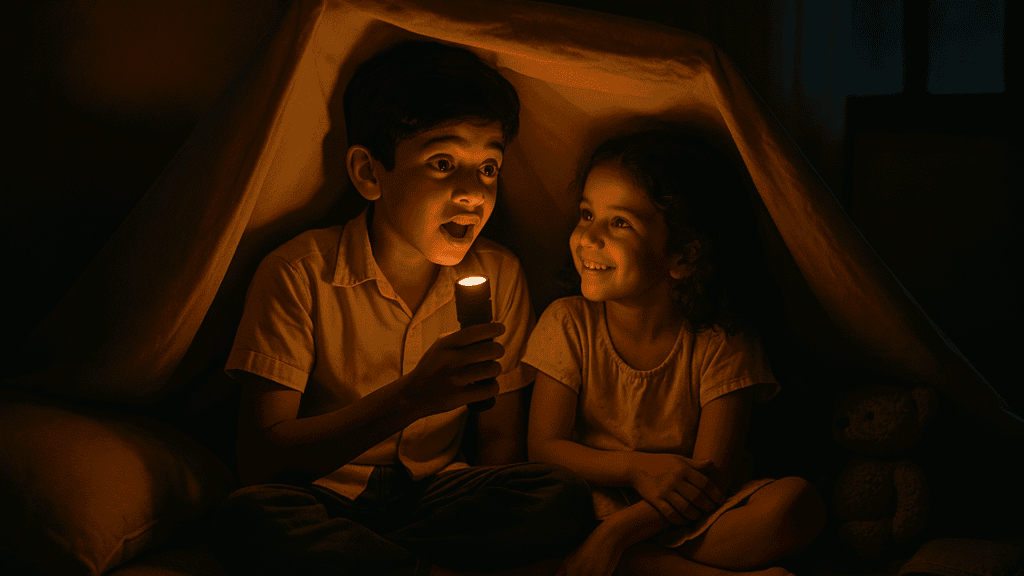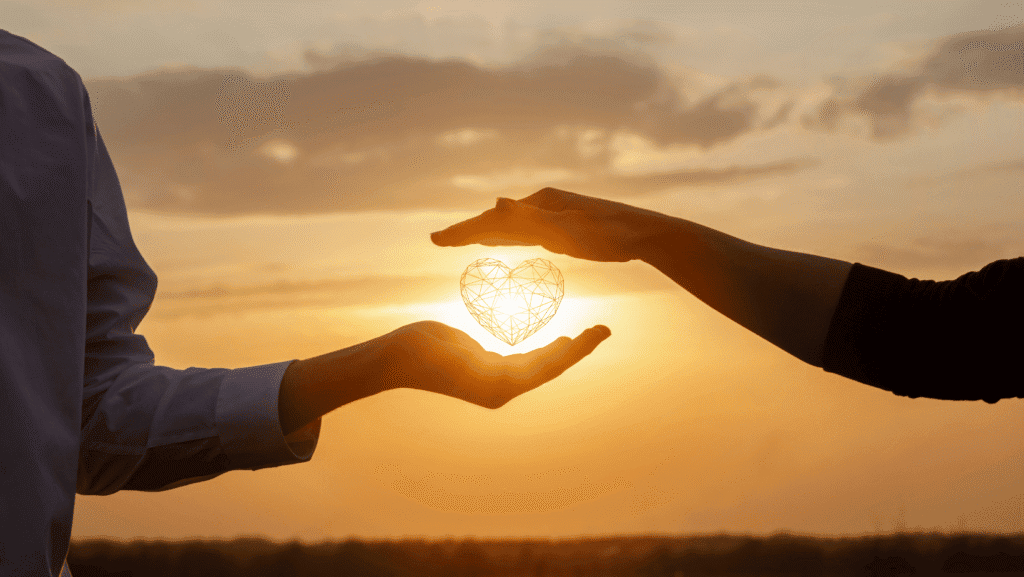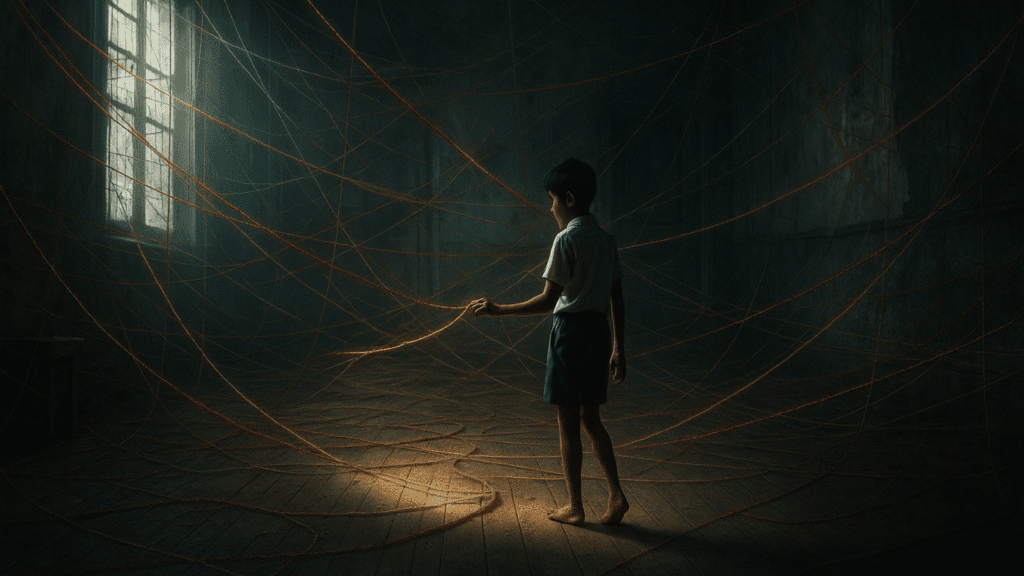Table of Contents
ToggleAn Opening Note from Fernando
When I wrote “Rising After the Disaster”, I had no idea just how many of you it would reach—nor how deeply it would resonate.
I was truly moved by the reflections, replies, and messages of support you shared with me. It left me with a clear and powerful realization: There is still a deep longing in this world for truth. For honest conversations. For understanding the very things we often feel afraid to talk about.
Your responses inspired me to continue. And so today, I begin a new journey with you — a series of reflections on trauma through different lenses. This topic is deeply personal to me. Like many, I carry the echoes of early trauma — deeply painful and challenging experiences from childhood and beyond that once shaped how I saw myself and the world. But through years of healing and inner transformation, I discovered not just resilience, but purpose. That journey has become the heart of my life’s work: walking alongside others who carry invisible wounds, and supporting them as they move toward freedom, wholeness, and a life of meaning.
This is the first in a collection of seven articles that explore trauma not just as pain, but as possibility. As something we must no longer avoid—but rather, learn to witness and understand with context, clarity, and compassion.
Today, I begin with a story.
The Story of the Cat and the Cucumber
Have you ever seen the sudden reaction of a cat when it sees a cucumber unexpectedly?

GIF Credit: tenor.com
It flinches violently—often leaping several feet into the air—as if its life were in danger. It’s an involuntary muscle reflex. To the human eye, it may seem humorous or odd. But to the cat’s nervous system, the cucumber isn’t just a vegetable. Its shape, color, and proximity strongly resemble a snake.
And snakes, across the cat’s evolutionary memory, are predators.
What’s even more fascinating is this: some cats react this way even if they’ve never encountered a snake in their lives. They may have lived for generations in places—like parts of North America—where snakes aren’t found at all.
So how does the cat know?
How does its body remember a fear it never directly experienced? To answer that, let’s travel back to a rainforest, where this story begins.
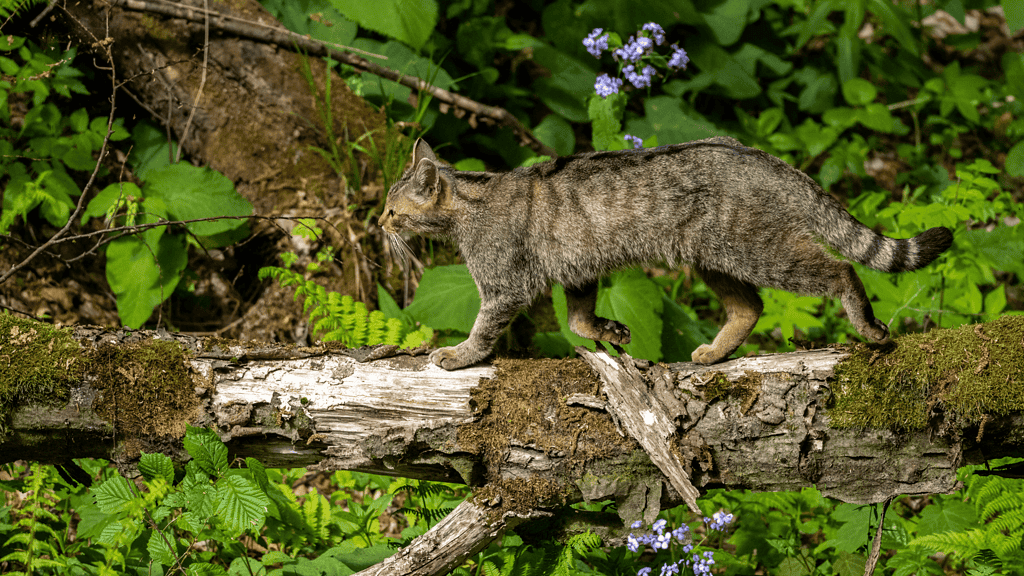
A wild cat walks softly across the forest floor, alert to every sound. Suddenly, a snake strikes, attacks and bites the cat multiple times, injecting venom into her body. In agony, the cat manages to shake off the snake and escape into the undergrowth. She survives. But the excruciating pain is unforgettable.
Her nervous system encodes the experience: the shape, the movement, the threat. And this imprint doesn’t remain just as a memory—it becomes instinct. It’s stored in her body, in her DNA to be specific. And when she gives birth, her offspring inherit a sliver of that wisdom.
Even if they never encounter a snake, they know: something shaped like this could be dangerous.
This is more than a metaphor. Neuroscience and epigenetics both point to the ways fear responses and survival instincts can be passed down through generations.
The Intelligence of Pain
The cat’s leap from the cucumber isn’t just a random reaction. It’s an ancestral memory in motion. A survival code.
But here’s what’s truly insightful: It’s not about fear for fear’s sake. It’s about love.
Because the purpose of that pain is to protect. To prepare. To ensure survival. The trauma was remembered not to hurt future generations—but to keep them alive.
Trauma is not the opposite of love. Trauma is love—encoded as protection.
And in the design of life, this is no accident.
I believe there is a natural intelligence that underlies all things — governing the universe, our solar system, our beautiful blue planet… and you and me. It is the same intelligence at work in the cat’s nervous system, in the way memories are stored, and in how healing unfolds. This universal intelligence speaks through biology, energy, and evolution.
What if trauma isn’t a failure of this intelligence, but an expression of it?
The World We Live In
The world we live in—our beautiful blue planet—is breathtaking, but also naturally hostile.
It’s filled with dangers: illness, separation, betrayal, violence, loss. And from the very beginning, every living being must learn to navigate these threats. That’s why we have fear. That’s why we have pain.
The problem is not trauma itself. The problem is what happens after.
We rarely talk about it. We silence what hurts us. We try to move on without healing. And in that silence, the pain doesn’t disappear—it gets buried.
And what is buried, often resurfaces.
Unhealed trauma begins to project outward—through the pain, through our words, our relationships, our decisions, and our leadership. It becomes cycles of control, violence, and fear. This is what we see in broken homes, fractured communities, and yes—even global wars.
What we suppress within, we often inflict without.
If we want to stop the wars in the world, we must begin by healing the war within.
The future of this planet depends not just on policy or power—but on our willingness to recognize and heal the pain we carry, individually.
Because when we heal our own trauma, we become more compassionate. We stop perpetuating pain. We start holding others with empathy. We create ripples of healing—within families, cultures, and generations.
This is the reason I’m writing this article. This is the reason we must talk about trauma—not just as personal healing, but as a path to collective peace and love.
And yet, if pain and fear were all we knew, there would be no reason to go on.
What allows us to endure — and even flourish — is the other side of the spectrum: pleasure, connection, and love.
We fight to survive not just out of fear, but out of care. Out of the fierce love we feel for our children, partners, communities, animals, oceans, the trees among other things.
We are moved to keep living by the beauty of a forest, the warmth of touch, the rain drops, the laughter of a friend, the mystery of the cosmos.
This is the sacred duality of being human: pain teaches us to protect, but pleasure teaches us to hope.
We are shaped by both. And we need both.
So, What Is Trauma?
Trauma is what happens when something overwhelms your ability to cope.
It’s not just about the event—it’s about how your body, mind, and nervous system respond to it.
You don’t have to remember everything for it to be trauma. You don’t even need to have gone through something “big.” Trauma can come from many forms, to mention a few:
- Sudden loss or relocation
- Emotional neglect, betrayal, rejection or abandonment
- Chronic stress, shame, or instability
- Religious trauma or challenging childbirth
- Growing up around someone who is violent or abuses drugs or incarceration of a closed one
- Being diagnosed with a terminal illness or witnessing trauma
The list goes on… And it’s not always logical. That’s because the impact of trauma isn’t present or understood as a clear narrative. It’s often stored in the body and the mind – remain invisible and shows up when the trigger presents itself at unexpected moments.
How Trauma Lives Inside Us
When something frightening or painful happens, our body activates a survival response: primarily fight, flight, freeze, or fawn. If we’re unable to process that experience fully, the stress doesn’t just go away—it gets stored.
The body remembers.
It might show up as:
- Chronic anxiety or emotional numbness
- Irritability or withdrawal
- People-pleasing or over-control
- Trouble sleeping, trusting, or relaxing
- Shame, perfectionism, or always feeling unsafe
These are not personality flaws. It is not your fault!
They are unconscious trauma responses—intelligent adaptations wired for survival. They are messages, they are the voice of your body. These responses tell you that your body and mind need attention, reprocessing and healing.
But when left unhealed, they can shape the way we see ourselves and others, often without our awareness.

Can Trauma Be a Gift?
I believe it can.
Trauma is a response rooted in love and protection. It exists because we are wired to survive. Because life, at its core, longs to continue.
When we understand trauma this way, we can begin to reframe our story—not as one of brokenness, but of resilience. Many people who have moved through trauma go on to develop deeper empathy, clarity, purpose, and strength. This is often called post-traumatic growth—and it’s real.
Pain doesn’t make you less. Sometimes, it’s the fire that forges you.
What Can You Do?
If any of this feels familiar, here’s a gentle starting point:
- Reflect on how your life may have been shaped by trauma and the aftermath
- Be curious, not critical
- Talk to a trauma-informed coach or psychotherapist
- Explore somatic healing, breathwork, nervous system regulation
- Most importantly, know this: you are not alone
Healing is not only possible—it’s natural. It is part of the same intelligence that encoded your trauma to begin with.
Let’s Change the Conversation
We must teach this to our children. We must take this knowledge to schools, organizations and governments.
Not just how to avoid danger, but how to talk about it.
How to feel pain without shame.
How to recover—without silence.
Let us create communities where trauma isn’t hidden, but honored and understood.
Let us raise generations who know how to name their wounds, ask for support, and hold space for others to heal. Trauma is not the enemy.
If there’s one message, I hope this article leaves with you, it’s this: Trauma is not the opposite of wholeness. It is part of being whole, being human – the full experience which we call life! Pain and pleasure are the two sides of the same coin.
You are not broken. You are healing. And your healing ripples outward—into your relationships, your children, your world.
Let us walk gently with what we carry.
Let us soften the silence.
And let us remember: there is wisdom — and love — in every wound. It is through those cracks that the light finds its way in, and out.
References
[¹] Dias, B. G., & Ressler, K. J. (2014). Parental olfactory experience influences behavior and neural structure in subsequent generations. Nature Neuroscience, 17(1), 89–96.
[²] Yehuda, R. et al. (2015). Holocaust exposure induced intergenerational effects on FKBP5 methylation. Biological Psychiatry, 80(5), 372–380.
[³] Brave Heart, M. Y. H. (1998). The return to the sacred path: Healing the historical trauma response among the Lakota. Smith College Studies in Social Work, 68(3), 287–305.
[⁴] Tick, E. (2005). War and the Soul: Healing Our Nation’s Veterans from Post-Traumatic Stress Disorder. Quest Books.
Transparency Statement on Authorship & Editorial Support: This article was conceptualized and written by Fernando Hettiyadura. To enhance clarity and language flow, selected sections were refined with the support of AI (ChatGPT). The reflections and insights remain deeply personal and grounded in Fernando’s lived experience and professional philosophy.

